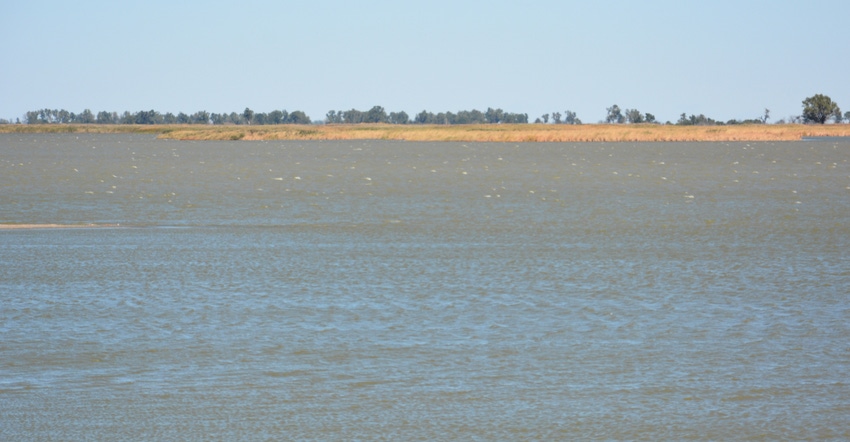
Officials at the U.S. Fish and Wildlife Service have agreed to give Big Bend Groundwater Management District 5 more time to come up with a local, voluntary solution that will eliminate the impairment of its senior water right for Quivira National Wildlife Refuge.
But in rejecting proposals from the district in 2016 and 2017, officials also have made it clear that they are skeptical about the chances of a plan that relies primarily on creating a field of augmentation wells to pump groundwater into Rattlesnake Creek.
In its official letter to GMD 5 explaining the rejection, the service noted that it believed that neither of the proposed remedies would provide a sufficient quantity of water to remedy the impairment and said that its position remained that curtailment of junior appropriators was essential to getting to a remedy.
The first option, presented in 2016, only provided a maximum of 2,500 acre-feet of water. The chief engineer had determined that 3,000 to 5,000 acre-feet are needed to remedy the impairment. The service also expressed concerned that pumping near the refuge boundary would also have the potential to cause additional impairment of refuge wetlands, seeps or natural springs in the vicinity of the wells.
The second option did promise 5,000 acre feet of augmentation water but did not specify a location for wells. The plan did say that augmentation would be measured at the point where it is placed in the creek channel, meaning that there could be conveyance losses associated with passing the water along the channel.
The service also expressed concerns about the quality of the water than could be produced by augmentation wells where groundwater is of poor quality. It also expressed concern that the freshwater pool is less than 60 feet deep and there is deep brackish to saline water that could result in dangerous increases in the salinity of the fresh groundwater resource.
GMD 5 manager Orrin Feril, meanwhile, said that he believes the resolution of the conflict is just a matter of getting the right people together and exploring the science of the problem and the scientific answer to fixing it.
“I think the hydrology studies are clear,” he said. “The plan we have will solve the problem. We have engineering studies under way to determine what infrastructure we need.”
The greatest risk, he said, is that the region will experience a cycle of drought before measures can be undertaken to get that infrastructure in place. That concern is heightened as a long, wetter-than-normal cycle appears to be ending.
As of mid-November, that region was labeled as “abnormally dry” on the U.S. Drought Monitor. The long-range forecasts from the National Climate Prediction Center have all of Kansas in an “equal chance” of above- or below-normal precipitation through March. That is not particularly good news because winters in Kansas are typically dry.
About the Author(s)
You May Also Like






